Tag: Georgia Railroad & Banking Company (GR&B)
Wikipedia says: The Georgia Railroad and Banking Company (reporting mark GA) also seen as “GARR”, was a historic railroad and banking company that operated in the U.S. state of Georgia.
The company was chartered in 1833 in Augusta, Georgia. In 1835, the charter was amended to include banking. Originally the line was chartered to build a railroad from Augusta to Athens, with a branch to Madison. It was converted to 4 ft 8 1⁄2 in (1,435 mm) in 1886.
The 5 ft (1,524 mm) gauge railroad opened in 1845 with J. Edgar Thomson as its Chief Engineer and Richard Peters as its first Superintendent.
The Georgia Railroad decided to extend the Madison branch to Terminus (Atlanta) and thereby compete with the Central Railroad and Banking Company of Georgia (later the Central of Georgia Railroad), which together with the Macon & Western Railroad, was competing for traffic through Charleston’s rival port of Savannah, Georgia. By 1850, this railroad had built 213 miles (343 km) of track and was up to 232 miles (373 km) by 1860 At the time, goods from the Mississippi and Ohio valleys had to go by riverboat to New Orleans and then via coastal steamships around the Florida Keys, to get to the big population centers in the Northeast. Shipping cross-country by rail to the ports of Charleston and Savannah made perfect economic sense.
Banking
The banking side of the business was quickly more successful than the railroad side. The Georgia Railroad & Banking Company was perhaps the strongest bank in Georgia for many years. The bankers used some of their wealth to buy controlling interests in the Atlanta & West Point Railroad (A&WP) and the Western Railway of Alabama (WofA), which provided a continuous line from Atlanta to Montgomery, Alabama, although the WofA was standard gauge, while all the other lines in the South were broad gauge.
Civil War
During the American Civil War, the Confederate States of America maintained a gunpowder factory in Augusta. Carloads of gunpowder would be transported on the Georgia Railroad to various battlefields in the “Western Campaign.”
Although the Civil War saw heavy damage to railroads such as the Georgia Railroad, management used their considerable resources to restore operation as quickly as possible. The Georgia Railroad even resorted to temporarily abandoning the Athens branch to secure enough rail to reopen its main line. Returning Confederate soldiers were given free rides home, to the extent that the company’s limited rail network would allow.
They also honored all Confederate scrip issued by their bank. No depositor lost their savings even if Confederate money had no value. It helped that the Georgia Railroad and Banking Company had the financial strength to honor those promises. At that time, most Southern banks were repudiating any obligations related to Confederate currency. This helped to solidify the bank’s reputation as one of the premier banks in the southeastern United States, well into the 20th century.
Showing all 15 results
-
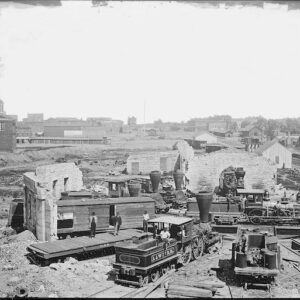
Image ID: AGIM
$3.99 – $4.99 -
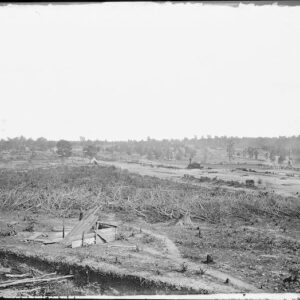
Image ID: AGJI
$4.99 -
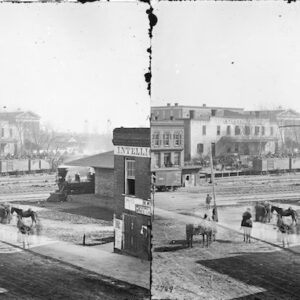
Image ID: AJDJ
$6.99 -
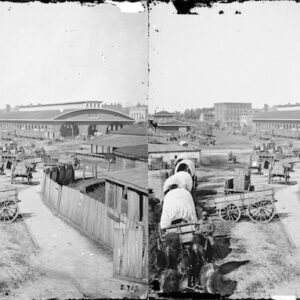
Image ID: AJDK
$6.99 -
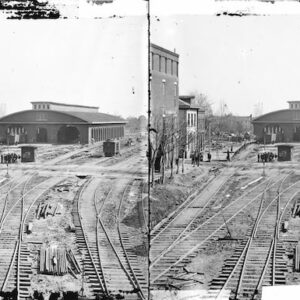
Image ID: AJDL
$6.99 -
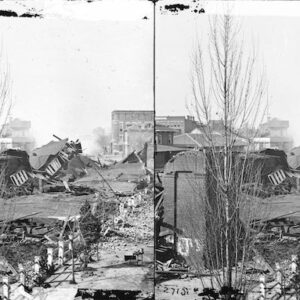
Image ID: AJDN
$6.99 -
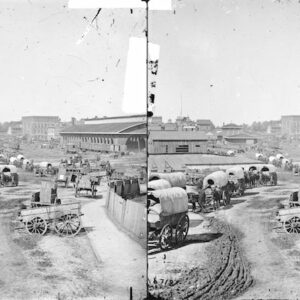
Image ID: AJDO
$6.99 -
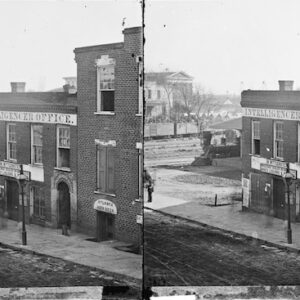
Image ID: AJEW
$6.99 -
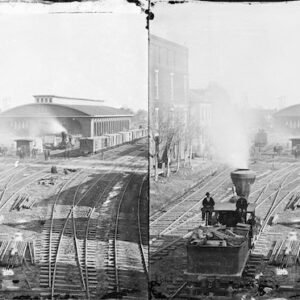
Image ID: AJFB
$6.99 -
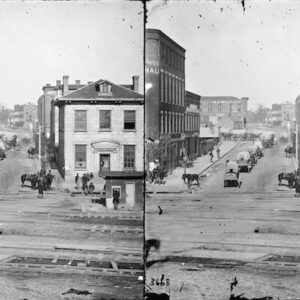
Image ID: AJFC
$6.99 -
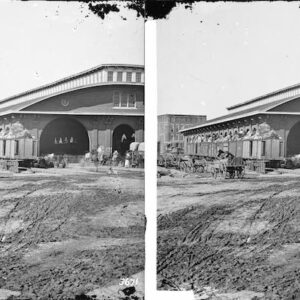
Image ID: AJFD
$6.99 -
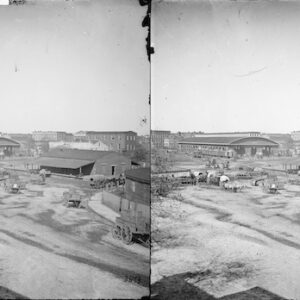
Image ID: AJFF
$6.99 -

Image ID: AJJJ
$4.99 -
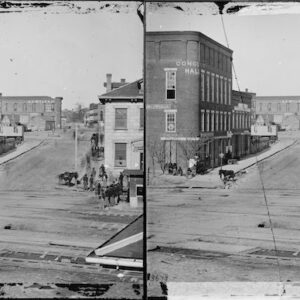
Image ID: ALUQ
$6.99 -
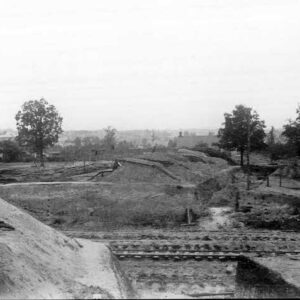
Image ID: AYLF
$0.99